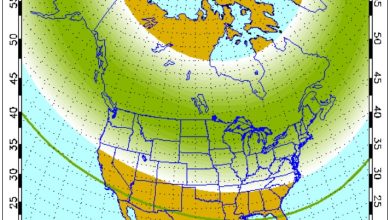
Last Updated on October 29, 2024 3:30 pm
It’s that time of the year, and a sign that winter is just around the corner, as Daylight Saving Time ends at 2 am Sunday, November 3, 2024.
According to timeanddate.com, “In the U.S., Daylight Saving Time – or “fast time”, as it was called then – was first introduced in 1918 when President Woodrow Wilson signed it into law to support the war effort during World War I.”
For modern times the website notes “In the United States, DST caused widespread confusion from 1945 to 1966 for trains, buses, and the broadcasting industry because states and localities were free to choose when and if they would observe DST. Congress decided to end the confusion and establish the Uniform Time Act of 1966 that stated DST would begin on the last Sunday of April and end on the last Sunday of October. However, states still had the ability to be exempt from DST by passing a local ordinance.
The U.S. Congress extended DST to a period of ten months in 1974 and eight months in 1975, in hopes to save energy following the 1973 oil embargo. The trial period showed that DST saved the energy equivalent of 10,000 barrels of oil each day.”
In 2005 Congress changed Daylight Saving Time to begin on the second Sunday of March and end on the first Sunday of November.
In the last five years, 19 states have enacted legislation or passed resolutions to provide for year-round daylight saving time, if Congress were to allow such a change, and in some cases, if surrounding states enact the same legislation, according to the National Conference of State Legislators.
The 19 states are:
Colorado, Kentucky (resolution)- (2022).
Alabama, Georgia, Minnesota, Mississippi and Montana – (2021).
Idaho, Louisiana, Ohio (resolution), South Carolina, Utah and Wyoming – (2020).
Delaware, Maine, Oregon, Tennessee and Washington – (2019).
Florida (2018; California voters also authorized such a change that year, but legislative action is pending).
Some states have commissioned studies on the topic including Massachusetts (2017) and Maine (2021).
Two states — Arizona and Hawaii — and the U.S. territories of American Samoa, Guam, the Northern Mariana Islands, Puerto Rico, and the Virgin Islands observe permanent standard time.
Daylight Saving Time 2025 (Spring Forward) begins at 2 am Sunday, March 9.












